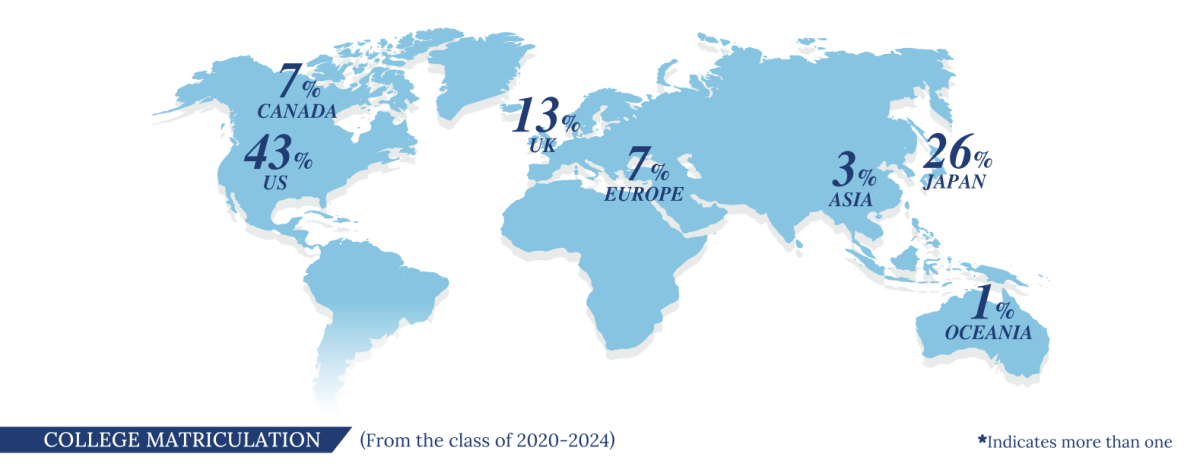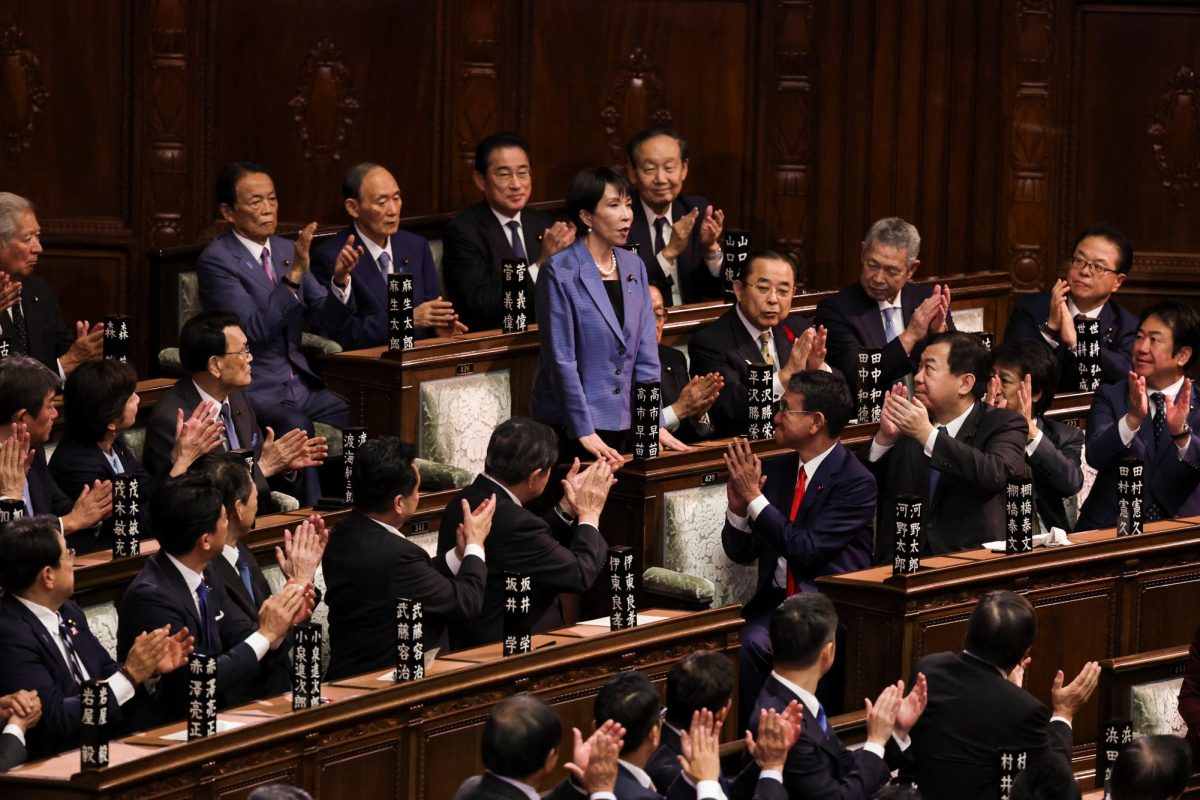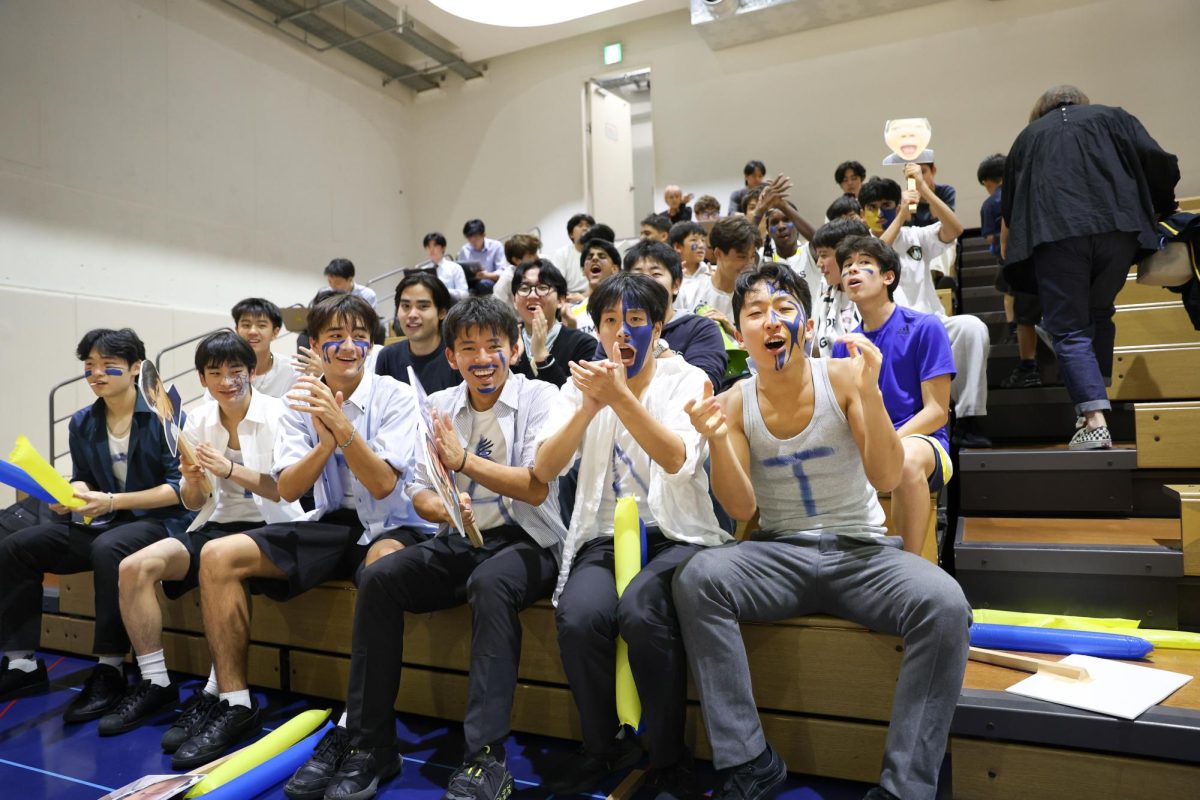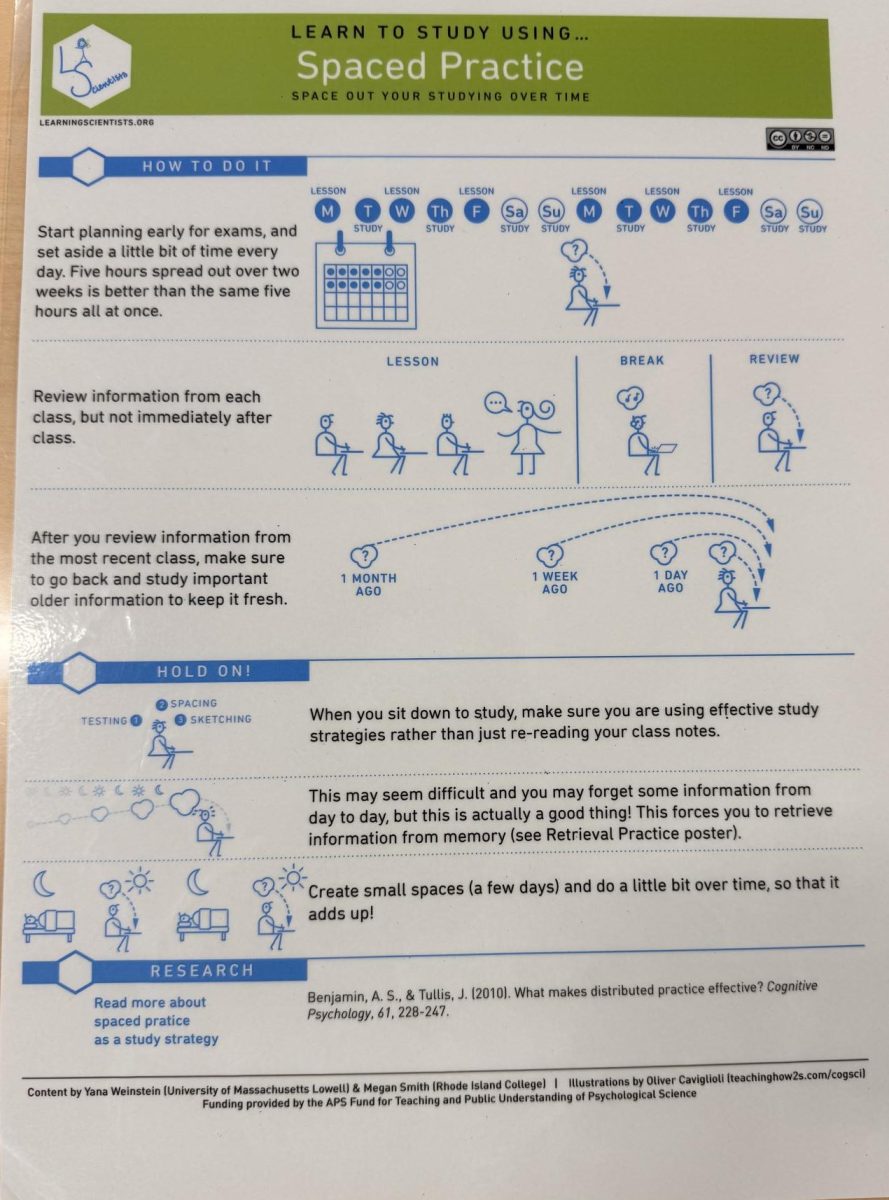TŌKYŌ-TO, JAPAN — The entirety of Japan was shocked as conservative Sanae Takaichi, on October 21st, was elected by both houses of the National Diet to become Prime Minister of Japan. Takaichi had previously won the 2025 Liberal Democratic Party (LDP) presidential election on October 4th, becoming the first female leader of Japan’s ruling political party. A controversial figure, Takaichi is noted for her conservative stances on social issues and consistent downplaying of Japan’s crimes against humanity in its colonies and World War II. This had led some people to accuse her of being a hardline nationalist, with former Prime Minister Fumio Kishida allegedly giving her the moniker “Taliban Takaichi”. Her victory sent a mixed message to foreign residents and moderates, and ruptured the political scene, as the Buddhist political party Komeito exited its longstanding coalition with the LDP.
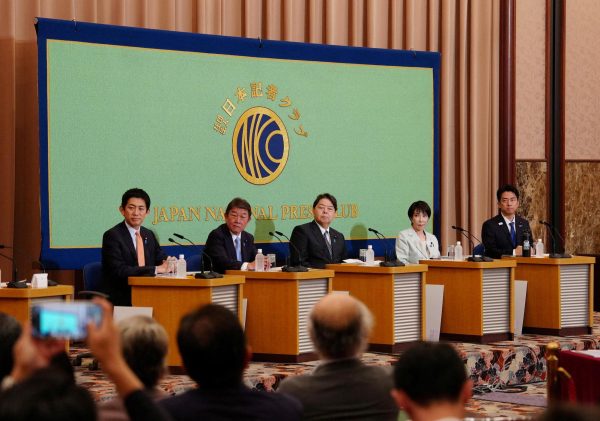
On The Campaign Trail
Takaichi’s climb towards victory began with the resignation of outgoing Prime Minister Shigeru Ishiba. A noted reformer and moderate, he was initially elected chairman of the LDP and became Prime Minister in 2024. However, amid rising anti-foreigner sentiments, high prices on consumer goods, and the LDP’s coalition losing its majority in both houses of the National Diet, Ishiba had come under fire for his performance, leading to his aforementioned resignation and a snap leadership election for the LDP. In the election, there were 2 major candidates: Minister of Agriculture, Forestry, and Fisheries Shinjirō Koizumi and former Minister of State for Economic Security Sanae Takaichi, with party members and LDP lawmakers eligible to vote. The former was traditionally seen as a young reformist figure who advocated for relatively liberal policies such as allowing selective surnames in marriages. At the same time, the latter had campaigned in previous elections on a more hardline, Japan-centric platform, although both had to tone down their respective beliefs during this year’s election season. Poll results fluctuated between the two up until Election Day. Hence, the latter’s narrow victory by 9 points in the second runoff round was still a surprise to some, given the LDP’s conservative stance on gender roles. “…I was surprised that she was elected, given that she will be Japan’s first female prime minister,” wrote Rinnosuke (’27) in an online interview. “The reason is that Japan was known for low quality in gender equality indexes. (Less than 10% of the LDP are women).”
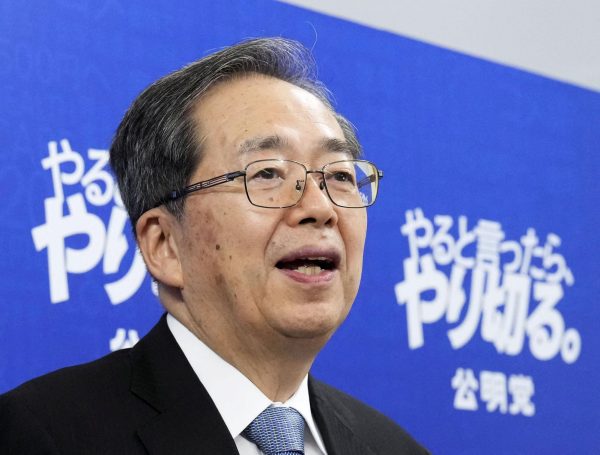
Exits and Entrances
Public confidence in Takaichi remains high, with 65% of respondents to a JNN poll stating her as their preferred choice for Prime Minister. Her victory had also uprooted the previously established Japanese political scene. Kōmeitō, the moderate and Buddhist democratic party in a coalition with the LDP, soon announced on October 10th that they will exit their partnership with the ruling party, citing political differences and funding scandals. Without the Komeito, the LDP would only have 196 seats in the House of Representatives, short of the majority required for the election of the Prime Minister, so the ruling party entered negotiations with other opposition parties, such as the Democratic Party For The People. In the end, the Osaka-based populist Japan Innovation Party, or Ishin no Kai, agreed to support Takaichi in both houses of the Diet, and she was swiftly elected as Prime Minister in both houses on the 21st in a parliamentary session.
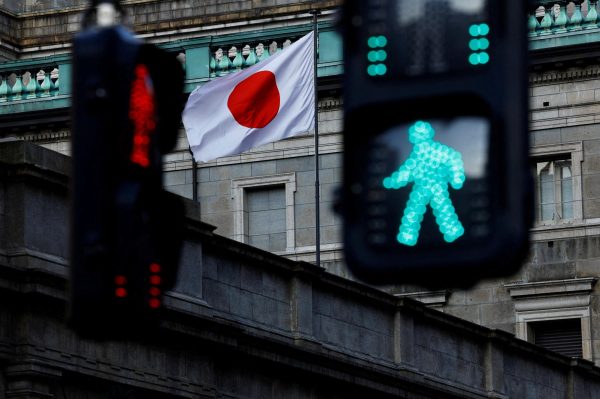
Is Japan Back?
The victory of Sanae Takaichi brought both hope and anxiety in Japan’s future to foreign residents and citizens alike. More internationalized and moderate Japanese citizens worry about her more hardline conservative chances, which could negatively affect relations with neighboring countries like Mainland China and South Korea. “I think it’s a wide trend of Japan going back towards conservative candidates,” noted a member of the Class of 2029 who backed Koizumi and prefers to keep his identity anonymous, “…I can’t say she’s a good leader or not right now.” However, some people are more optimistic. Given that Takaichi had extensive experience in government, as she had held multiple ministerial positions previously, there is hope that her experience would stabilize Japan’s chaotic political and socioeconomic situation. “I can say that she has years of experience and is well prepared to lead in politics,” said Rinnosuke (’27) in the same online interview previously mentioned, “She also has a strong leadership image, which could increase confidence for people towards the government, and could positively affect Japan’s standing position.” Regardless of political differences, one truth remains clear: Takaichi’s path from here will not get easier. As the Land of the Rising Sun faces a birth crisis, increasing radicalism on the right, political instability in the Diet, and an economy that has been underperforming for over 3 decades, high expectations are placed on Takaichi to fix it as she promised. Whether she will succeed or not will only be seen in the coming months of her probable premiership.



